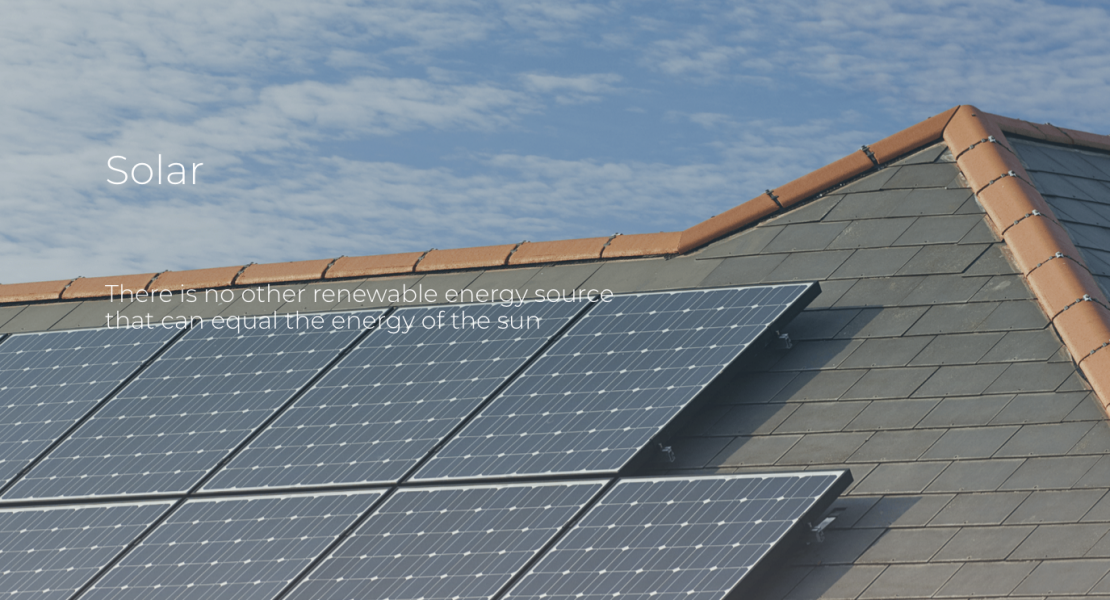
Convert the sun's energy into electricity with photovoltaic panels.
Beattie Air can design a solar panel system that’s specifically suited to your home or business.
Solar power, solar electricity, solar PV, Photovoltaics; these are all ways to describe making electricity from the sun by using solar modules or panels on your roof.
Why choose solar power?
There is no other renewable energy source that can equal the energy of the sun that arrives on the surface of the earth free every day. In fact, just 20 days of sunshine has the same amount of energy as all the oil, coal and gas remaining on the planet.
It makes sense to harvest the free source of energy for the future of our world, and now it makes financial sense for individual homes and businesses to do this too.
Reduce your monthly power bills, get paid for surplus power you produce, reduce the impact of increasing power prices, increase your property value, enjoy making your own electricity, protect the environment, reliable long life components, affordable prices that make economic sense.
What do you need to make solar electricity?
Solar Panels
Choosing the panels and setup that are right for you depends on a number of factors. Available space, amount of sunlight and the way it looks.
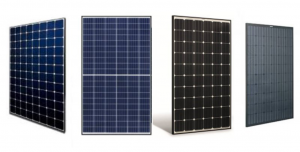
Click the logo below for the latest Solar brochures or contact us for more info
The most common photoelectric material used is a thin silicon semiconductor used to make individual PV cells. (The alternative is thin film, including amorphous silicon, but the market share of this product is currently very low.)
PV cells are combined together, and mounted in aluminium frames with glass covers to become solar panels or modules. When you combine two or more panels to increase the power output this is called a solar array.
At first glance, it is difficult to tell the difference between solar panels. That’s why the inner values, like the quality of the materials used, the manufacturing processes, the competitiveness and financial strength of the manufacturer are of particular importance.
Inverters Energy Management
An inverter is the heart of every PV system. Besides converting the direct current into alternating current, the inverter also carries out a number of other important functions within a photovoltaic system. These include the entire management of the system, data communication and ensuring the safety of the system.
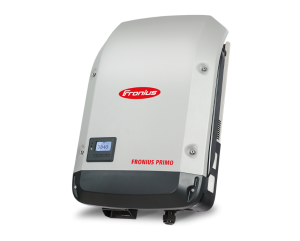
Click the logo below for the latest Inverter brochures or contact us for more info
The Fronius Galvo, Fronius Primo, Fronius Symo und Fronius Symo Hybrid inverter series give you the ideal inverter for your home. Power categories from 1.5 to 20.0 kW promise suitability for practically every system size. With an integrated energy management relay, the inverters are also perfectly optimised for your self-consumption system. Now, for the first time, the inverters are also equipped with a WLAN interface inside the device. Your photovoltaic system is therefore wirelessly connected to the internet so you can call up your system data whenever you want.
Batteries
Batteries connected to your solar system, takes you one more step from relying on the grid. It allows you to store the power generated during the day, to be used when the sun goes down.
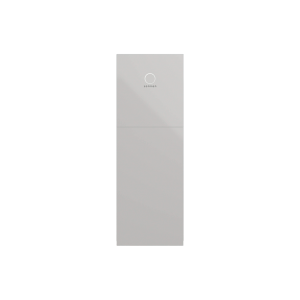
Contact us about batteries for your solar system
Every household has its own very specific energy needs. That’s why we recommend the sonnenBatterie system , as it has a multi-stage storage system that can be adapted to the most diverse energy needs. With storage sizes ranging from 5 kWh to 15 kWh the sonnenBatterie. The sonnenBatterie’s energy capacity can be individually expanded in blocks of 2.5 kWh – should you ever feel the need to increase the power storage in your house.
Mounting
The panels must be secured to the roof of your building or ground structure and able to withstand our weather extremes.
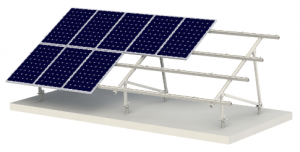
Contact us about mounting solutions
Your solar module array will generally be positioned on your roof top, facing as close as possible to the north for the best sunshine, and inclined to the same pitch as your roof.
Your roof top generally provides the least shaded position and is usually unused space.
There are situations where a ground mounted array is desirable and practical, and usually leads to the optimum panel aspect for the greatest power yield.
Mounting systems are generally specialised aluminium rails fastened through the roofing material to the roofing purlins or rafters. The systems are designed to a wind loading code and must be installed according to guidelines for a safe and durable installation.
Sign up for Beattie Air News and Specials
Contact us today to get a Quote for your Home or Business

